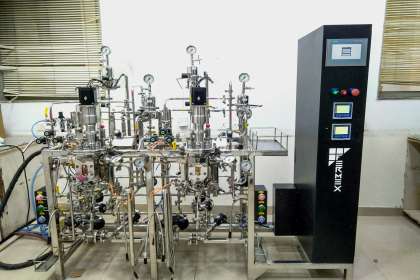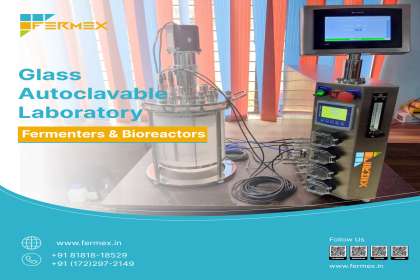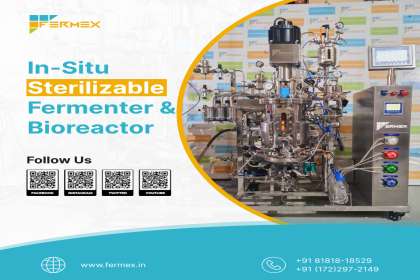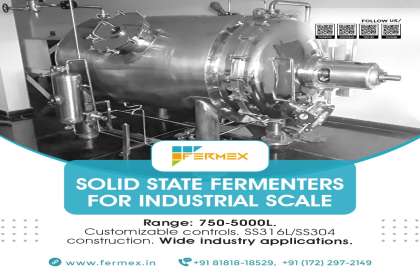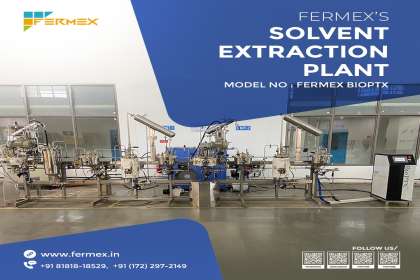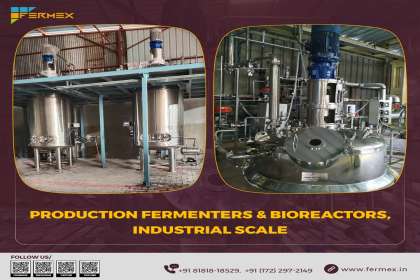
Introduction:
In the vast landscape of pharmaceuticals, Active Pharmaceutical Ingredients (APIs) serve as the crucial building blocks responsible for the efficacy of medicinal products. As a vital component in drug development, the production of high-quality APIs demands precision, compliance, and innovation. This blog aims to shed light on the intricate world of API production, exploring the processes, challenges, and advancements in this dynamic field.
1. Understanding Active Pharmaceutical Ingredients (APIs):
Begin with an overview of APIs, defining their role in drug formulations and emphasizing their significance in pharmaceuticals. Explain how APIs interact with the body to produce the desired therapeutic effect. Mention their various forms (e.g., small molecules, biologics) and their sources (e.g., natural, synthetic, semi-synthetic).
2. API Development and Research:
Explore the initial stages of API production, highlighting the criticality of research and development. Discuss the selection of suitable candidates, preclinical studies, and the optimization of chemical or biological processes. Emphasize the importance of safety and efficacy evaluations during this phase.
3. API Production Processes:
Detail the major production processes involved in API manufacturing, such as chemical synthesis, fermentation, and extraction from natural sources. Explain each process step-by-step, emphasizing the significance of purity, yield, and quality control. Discuss modern techniques like continuous manufacturing and green chemistry to improve efficiency and sustainability.
4. Quality Control and Regulatory Compliance:
Delve into the rigorous quality control measures required during API production. Discuss the role of regulatory bodies (e.g., FDA, EMA) in setting standards for APIs and the impact of adhering to Good Manufacturing Practices (GMP). Elaborate on quality assurance techniques, analytical testing, and validation processes.
5. Challenges in API Production:
Highlight the common challenges faced by API manufacturers, such as process scalability, cost optimization, impurity control, and patent expiration issues. Address the impact of these challenges on the pharmaceutical industry and the strategies employed to overcome them.
6. Advancements in API Production:
Explore the latest advancements and trends in API production. Cover topics like advanced automation and robotics, artificial intelligence applications in process optimization, and the integration of continuous manufacturing. Discuss how these innovations improve productivity, reduce costs, and enhance overall quality.
7. Safety and Environmental Concerns:
Discuss the importance of safety in API production, focusing on the handling of hazardous chemicals and potential risks to workers. Highlight environmentally friendly practices and initiatives to minimize the environmental footprint of API manufacturing, including waste reduction and energy-efficient processes.
8. Global API Market and Future Prospects:
Provide insights into the global API market, including major players, regional trends, and market dynamics. Discuss the potential impact of emerging technologies, regulatory changes, and market demands on the future of API production.
Conclusion: Summarize the critical role of Active Pharmaceutical Ingredients in the pharmaceutical industry. Emphasize the significance of adhering to quality standards and regulatory guidelines. Highlight the continuous efforts made by researchers and manufacturers to improve API production processes, ensuring the development of safe and effective medicines for the betterment of society.








